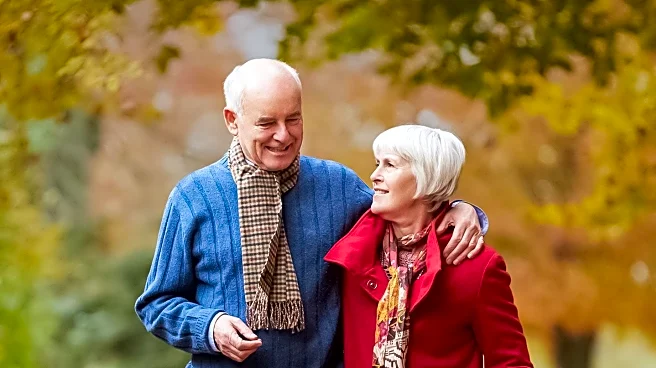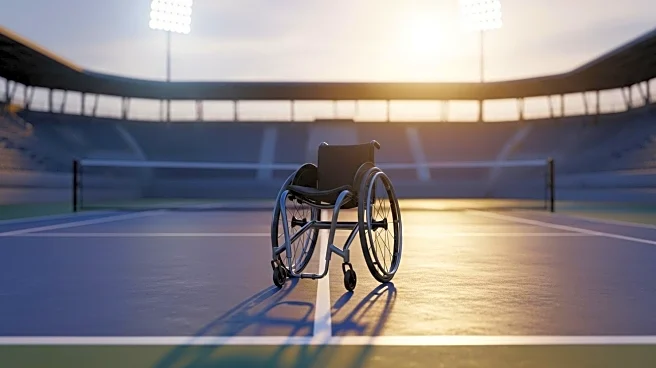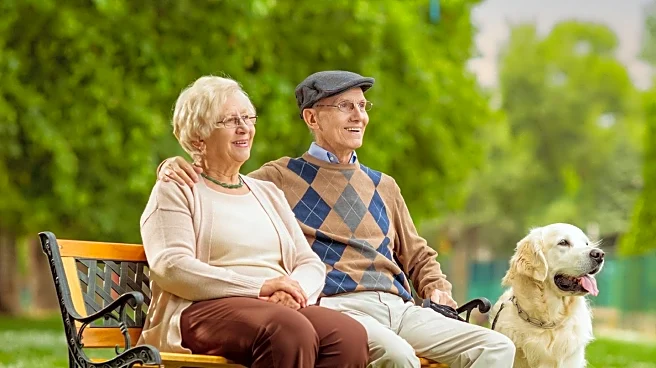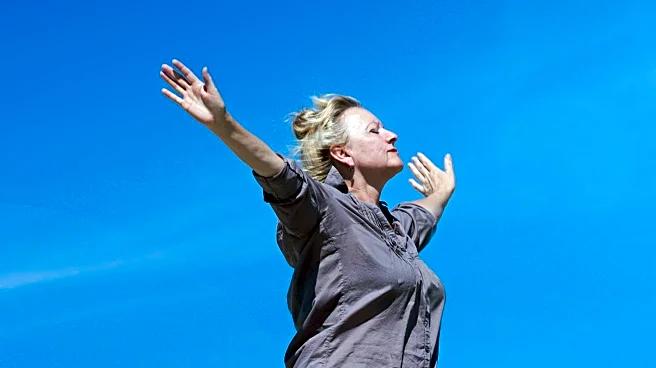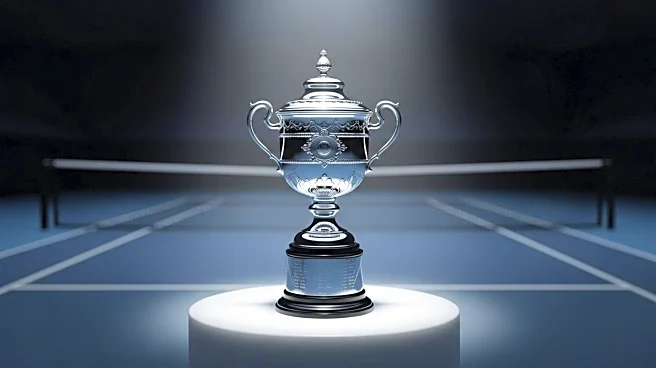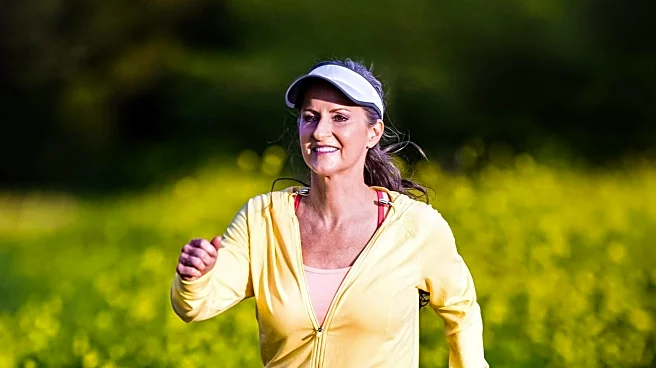What is the story about?
What's Happening?
A recent exploration into the lifestyles of energetic individuals over the age of 65 reveals that maintaining energy in later life is often the result of engaging in specific hobbies. These activities include walking with intention, dancing, gardening, swimming, practicing yoga or tai chi, cycling, and playing sports. Each hobby offers unique benefits, such as improved cardiovascular health, enhanced mood, and increased social connectivity. For instance, walking is highlighted for its accessibility and low-impact nature, while dancing combines fun with movement, improving coordination and balance. Gardening provides physical activity and stress reduction, while swimming offers joint-friendly exercise. Practices like yoga and tai chi enhance flexibility and balance, reducing fall risk. Cycling and sports like pickleball and tennis offer social engagement and physical activity, contributing to overall vitality.
Why It's Important?
The significance of these hobbies lies in their ability to promote physical health, mental well-being, and social interaction among older adults. As the population ages, finding sustainable ways to maintain energy and vitality becomes crucial. These activities not only help in preventing age-related decline but also foster a sense of community and purpose. Engaging in such hobbies can reduce healthcare costs by minimizing the risk of chronic diseases and improving mental health. Additionally, they offer a model for aging gracefully, emphasizing the importance of joy and movement in daily life. This approach challenges traditional views on aging, suggesting that active engagement in enjoyable activities can lead to a more fulfilling and energetic later life.
What's Next?
As awareness of the benefits of these hobbies grows, community centers and organizations may increase offerings tailored to older adults, such as senior swim hours or yoga classes. There could be a rise in the popularity of sports like pickleball, leading to more facilities accommodating these activities. Healthcare providers might also encourage patients to incorporate these hobbies into their routines as part of preventive care strategies. Furthermore, research into the long-term benefits of these activities could expand, providing more evidence to support their inclusion in public health recommendations.
Beyond the Headlines
The adoption of these hobbies by older adults highlights broader cultural shifts towards valuing active aging and lifelong learning. It underscores the importance of designing communities and public spaces that support active lifestyles for all ages. Additionally, it raises ethical considerations about accessibility and inclusivity, ensuring that all individuals, regardless of socioeconomic status, have the opportunity to engage in these beneficial activities. This trend may also influence policy decisions related to urban planning and healthcare, prioritizing resources that support active and healthy aging.
AI Generated Content
Do you find this article useful?
